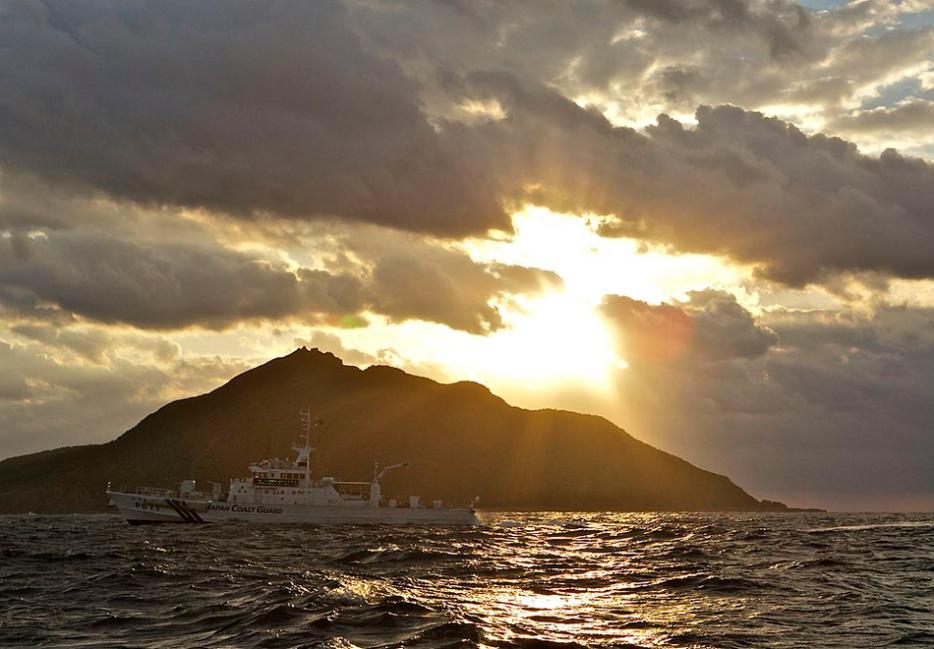Last weekend, the People’s Republic of China announced that it was going to start enforcing what it called an “Air Defense Identification Zone,” requiring aircraft to file flight plans and identify their radio and transponder frequencies. So what’s the big deal? The ADIZ—because no mere mortals love anything the way militaries love their acronyms—occupies the waters of the East China Sea between Taiwan, South Korea, and Japan. It also overlaps with separate ADIZes (?) claimed by Japan and South Korea.
Or, by the time you read this, it might be more appropriate to say “overlapped,” because the United States Air Force promptly flew a pair of (unarmed) B-52s through the Chinese zone, in a gesture international treaties formally describe as “were you sitting here? Yeah, I didn’t think so. There’s your coat.” Japanese airlines, which were initially obeying the Chinese diktat, have changed their mind as global capitals have asked Beijing if it wouldn’t mind not being such a prat. So, as far as the rules go, this may be a short-lived example of obstreperousness from the mainland.
Or it might not. The seas around China are increasingly fraught as some of the world’s largest industrial powers argue over rocks that are only impressive if they’re compared to Hans Island. In the East China Sea you’ve got the Senkaku/Diaoyu islands, in the South you’ve got China and the Philippines facing off over submerged reefs.
Perhaps most amusingly—from the perspective of someone who enjoys the law of unintended consequences—the unilateral declaration of the defense zone seems to have annoyed the South Koreans to the point that they have, for the moment, stopped arguing with Japan, something that’s usually to Beijing’s advantage. More broadly, China is making itself plenty of enemies by asserting itself on the open water, but they may not care if they win what they want.
If you zoom out just a little, you see that it’s basically a mess, and one that doesn’t seem to be getting any easier to manage from the American perspective. But don’t worry, because the US Pacific Command has a plan. Now start worrying again, because critical defense analysts are concerned that the plan—called Air-Sea Battle, because “bomb China what for” would be too on the nose—could destabilize the region.
Worse still, if the Chinese declaration of an ADIZ doesn’t end in violence, that may actually be the bad news. While everybody’s busy making analogies to Munich over the deal with Iran, the analogies in the waters off China may more appropriately be from 30 years earlier, when Europe confidently assumed that because it had weathered every crisis that preceded World War I, that a general war between European powers was impossible.
In The War That Ended Peace, Margaret MacMillan notes that among the many factors that led Europe to stumble into war in 1914, there was the belief that war was somehow impossible or would be, at most, quite painless. This belief grew out of many seemingly obvious facts: Europe had been generally at peace for a century since Napoleon; the west had seemingly imposed “civilization” on the non-western world; and the fact that the wars that had been fought had been brief and cheap.
None of those assertions were, in that place and time, absurd. By 1918 (not to mention 1938), they were revealed to be delusions.





